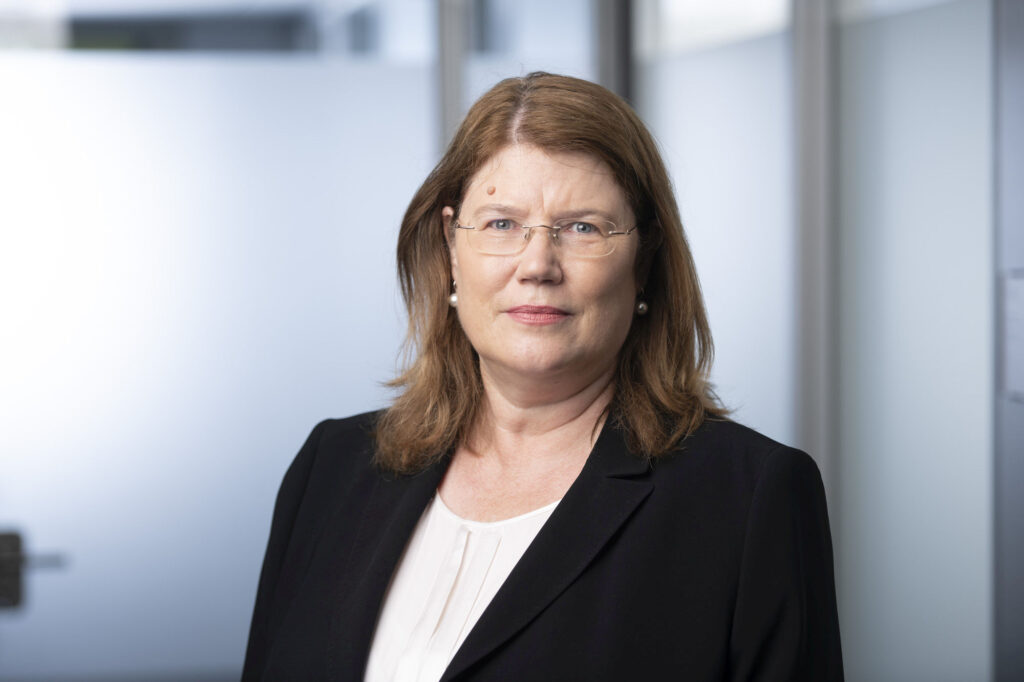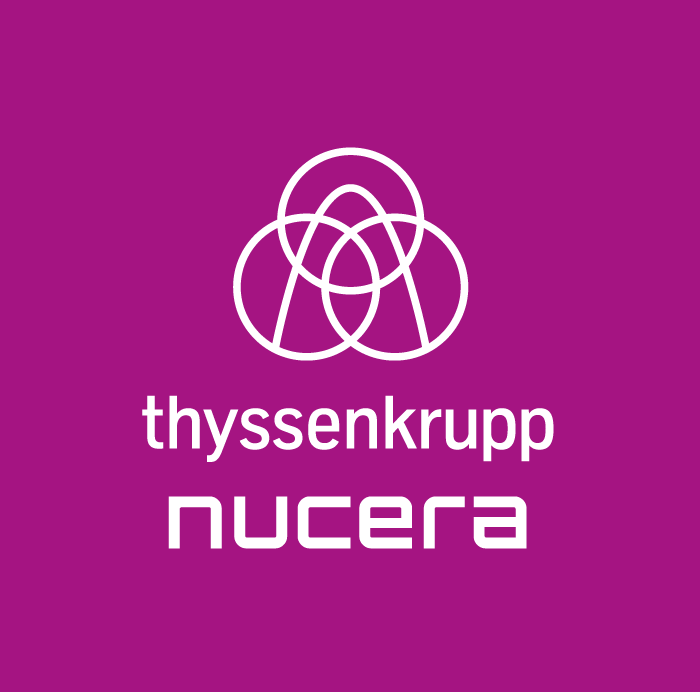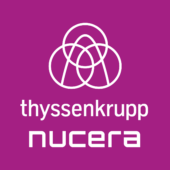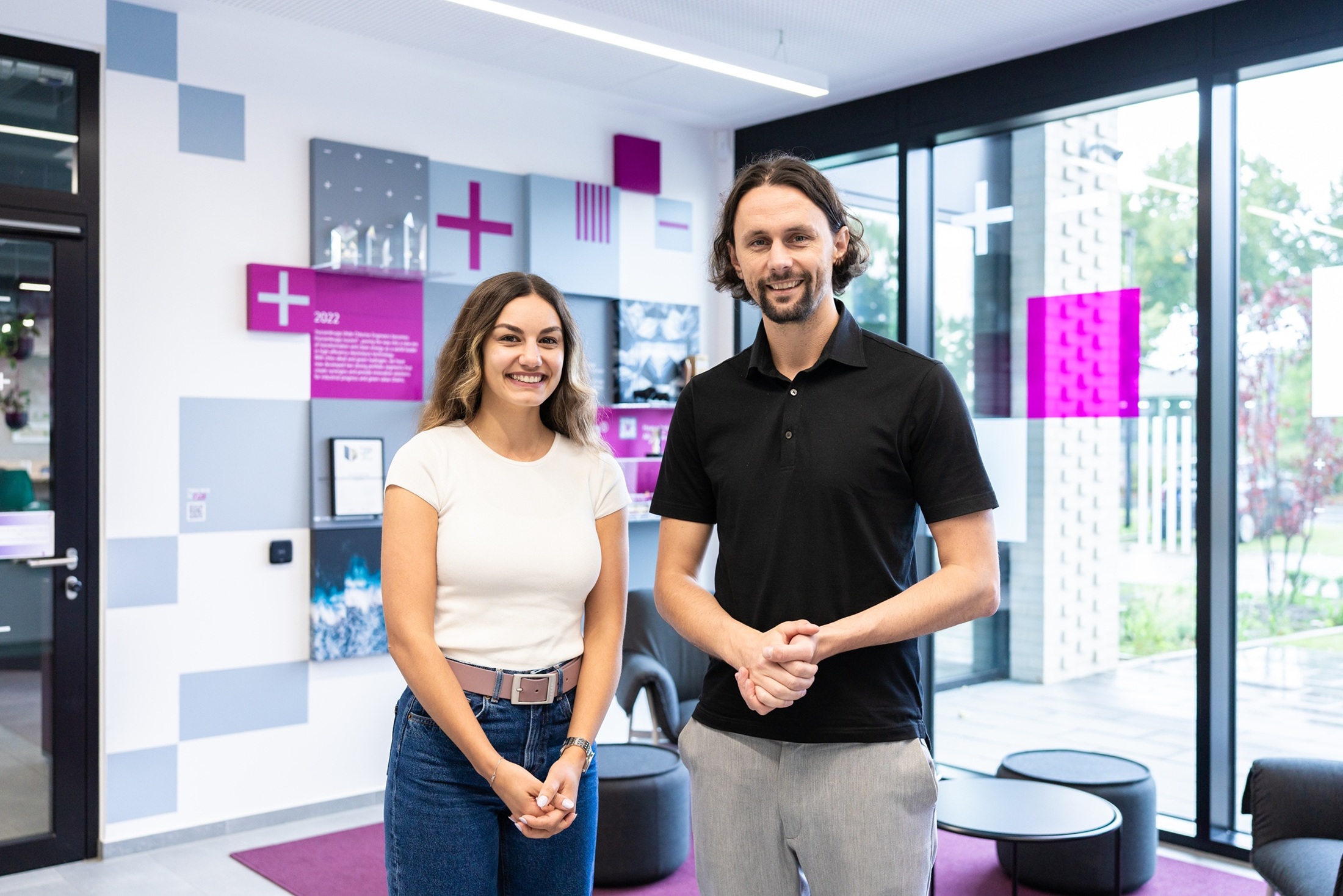thyssenkrupp nucera: New BM and Improved BiTAC Generation offers Higher Performance with Easier Maintenance and Simpler Installation

- The latest-generation BM2.7 v7 and improved e-BiTAC v7 electrolyzers for Chlor-Alkali electrolysis plants from thyssenkrupp nucera meet customer requirements with numerous innovative enhancements for the improvement of electrolysis processes.
- New designs for BM2.7 v7 and e-BiTAC v7 set innovative standards in terms of efficiency and reliability.
- For the first time, BM2.7 v7 and e-BiTAC v7 achieve power consumption of less than 1,960 kWh per ton of NaOH at 6 kA/m², setting a new benchmark.
- Newly developed tool and design solutions will reduce assembly and service downtimes of electrolyzers.
Dortmund, October 7, 2025 – At its renowned Chlorine Symposium 2025 in Cologne, Germany, thyssenkrupp nucera presented the latest generation of its BM (bipolar membrane) technology and improved BiTAC (bipolar ion exchange membrane process electrolyzer) technology for safe and efficient Chlor-Alkali electrolysis. The latest-generation electrolyzers BM2.7 v7 and improved e-BiTAC v7 achieve power consumption of less than 1,960 kWh per ton of NaOH at 6 kA/m².
With this leap in performance, BM2.7 v7 and e-BiTAC v7 set new standards in specific energy consumption and contribute to more climate-friendly Chlor-Alkali electrolysis. “Uniform pressure distribution on the membrane enables more stable and efficient electrolysis, which contributes to the optimization of energy consumption and less stress on membrane,” says Tsuyoshi Hamada, Director of the Okayama Branch, thyssenkrupp nucera Japan Ltd..
While BiTAC technology is a filter press concept, BM technology features a single-element design. With their different design concepts for efficient Chlor-Alkali electrolysis, different customer requirements can be met. This strategic advantage allows the worldwide leading supplier of efficient Chlor-Alkali technology to offer numerous additional performance improvements with its two Chlor-Alkali technologies BM2.7 v7 and e-BiTAC v7.
These benefits include, in particular, easier maintenance and installation, a membrane-friendly elastic cathode structure, and a wide range of coating and membrane options. As usual, both new electrolyzers are compatible with existing plants.
The newly developed tools and design solutions shorten electrolyzer assembly and service downtimes. These new developments include Resilient Elastic Element Structure (REES) technology, incorporated into the new BM2.7 v7 cathode design. REES enables quick cathode installation in existing systems and easier cathode replacement. New element holders for e-BiTAC v7 electrolyzers also significantly optimize maintenance and installation processes. Both technologies ultimately lead to greater efficiency and lower operating costs.
thyssenkrupp nucera also uses various new coating options to generate additional performance gains. Together with the customer, the electrolysis specialist selects the appropriate coating from the portfolio of qualified coatings based on the customer’s requirements. Since 1989, thyssenkrupp nucera has been continuously developing the BiTAC and BM series. This includes several generations of BiTAC and BM, which represents more than three decades of improvements and innovations.
“The numerous innovative features and improvements in our latest BM and BiTAC generations build on over 30 years of development are a direct response to our customers’ needs. The new generations from thyssenkrupp nucera increase the efficiency and reliability of Chlor-Alkali electrolysis plants and offer our customers the best solutions for their electrolysis plants. Now with the BM2.7 v7 and e-BiTAC v7 we are setting another milestone in Chlor-Alkali technology,” says Dr. Roland Beckmann, Executive Director Chlor-Alkali at thyssenkrupp nucera.

Rita Syre
Rita Syre
Senior Manager Media Relations and Financial Communications
Phone: +49 174 161 86 24
E-Mail: rita.syre@thyssenkrupp-nucera.com





